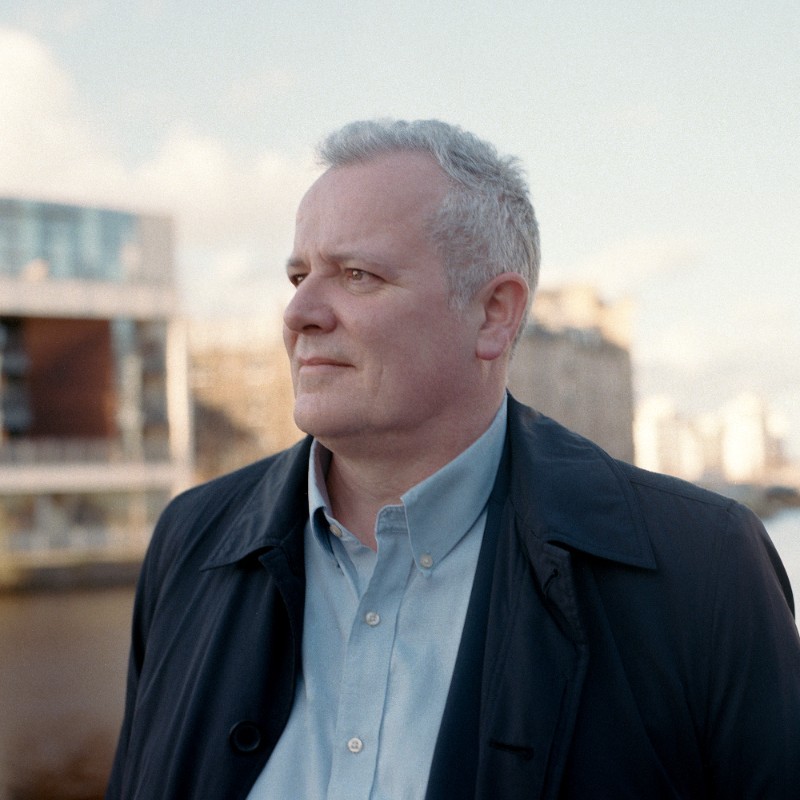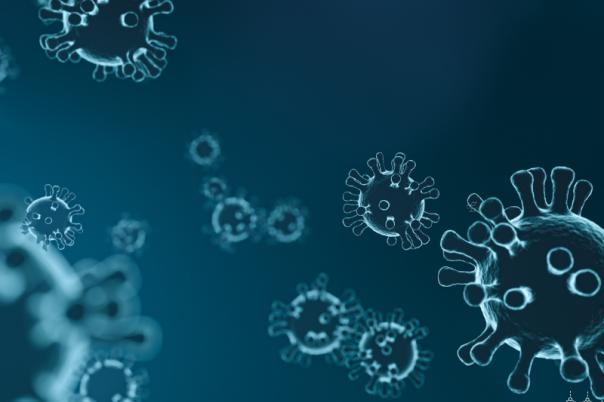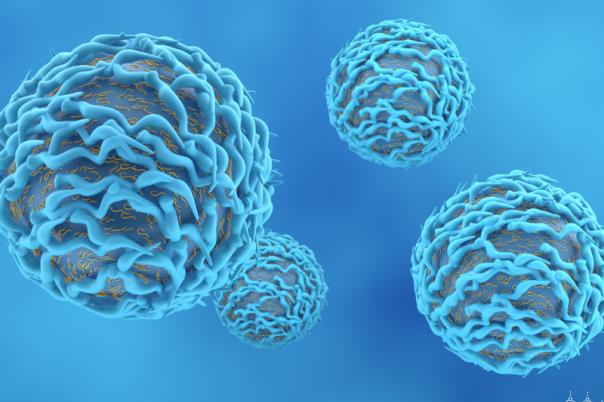One of the biggest problems in oncology is the immense cost of drug discovery and development. The average cost of a new cancer therapeutic is $650 million, which includes failed and abandoned projects. 50% of oncology projects fail in clinical trials, usually due to efficacy problems. Ian Waddell, Chief Executive Officer of Nodus Oncology, outlines in this presentation a key reason the importance of target validation and biomarkers in improving this rate of failure.
Waddell has over 40 years of experience in drug discovery, from academic to big pharma to integrated CRO and biotechnology efforts. He pointed to poor target validation as a significant factor in clinical failures, often due to off-target effects traced back to the early stages of drug discovery. Waddell spoke of the reward bias that comes from testing multiple hypotheses at once: one piece of positive data can progress a project but ultimately produce difficulties for reproducibility.
One way to avoid problems of reproducibility in target validation is to not rely on only a single cell line, instead multiple cancer cell lines and mouse models can ensure accurate target validation and reduce off-target effects. Furthermore, Waddell also emphasised the importance of understanding the patient population at the target identification and validation stages.
Then Waddell went on to highlight some new approaches and technologies currently being used for disease models. He advocated for technologies like CRISPR, patient-derived tissues, and bioprinted tumors to better recapitulate human conditions in drug discovery.
Nodus Oncology focuses on developing cancer therapeutics using the DNA damage response (DDR) pathway. The company’s therapeutic approach exploits DNA damage in cancer cells by generating replication stress. Their ‘first wave’ inhibited PARP an enzyme that flags DNA damage for repair. Now developing their ‘third wave’, Waddell presented a case study on PARG inhibitors, showing their potential in treating certain cancers and highlighting the importance of genetic target validation.
Waddell closed by discussing Nodus’s clinical positioning strategies and the use of patient-derived xenograft models to define clinical doses, aiming for better clinical differentiation and targeting.





